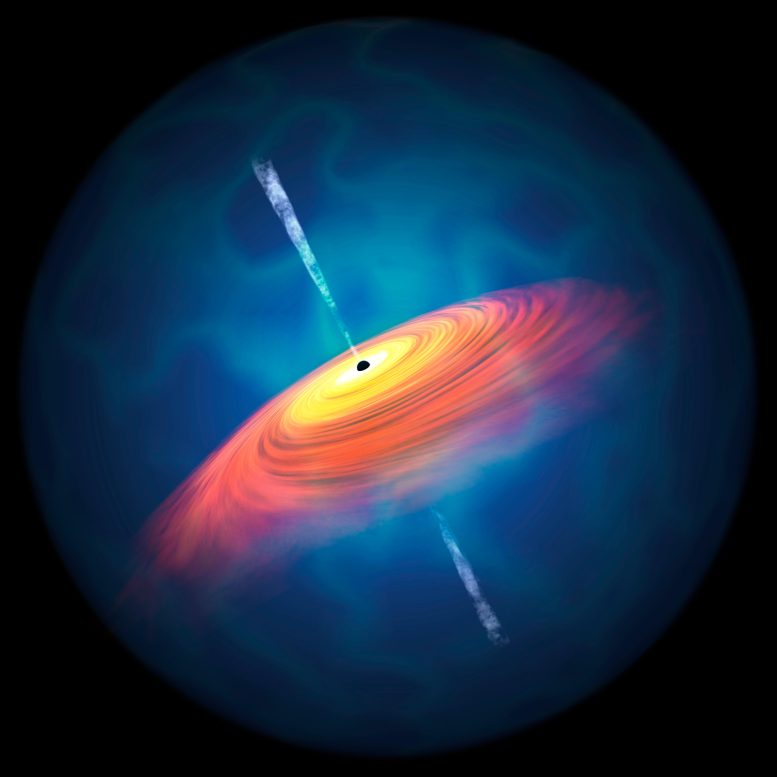
A supermassive black hole (SMBH; the small black dot at the center) absorbs surrounding material, which forms a spiral disk-like shape as it flows in. The gravitational energy of the material is converted to radiation and emitted away from the disk. SMBHs with such shining outskirts are called “quasars.” Credit: Yoshiki Matsuoka
Black holes with exceptionally large masses—over a million times the mass of the Sun, known as supermassive black holes (SMBHs)—are commonly found in the universe today. Nonetheless, their origins, as well as the specifics of when, where, and how they came to be over the course of 13.8 billion years of cosmic evolution, remain ambiguous.
Research spanning the last several decades indicates that a SMBH resides at the core of each galaxy, and its mass is almost always about one-thousandth that of its host galaxy.
This close relationship implies that galaxies and SMBHs have co-evolved together. Revealing the origin of SMBHs is thus crucial not only to understand SMBHs themselves but also to elucidate the formation processes of galaxies, the major constituents of the visible universe.
A key to addressing this issue lies in the early universe, where the time elapsed since the Big Bang (i.e., the beginning of the universe) was less than a billion years. Thanks to the finite speed of light, we can look back at the past by observing the distant universe. Did SMBHs already exist when the universe was only a billion years old or less?
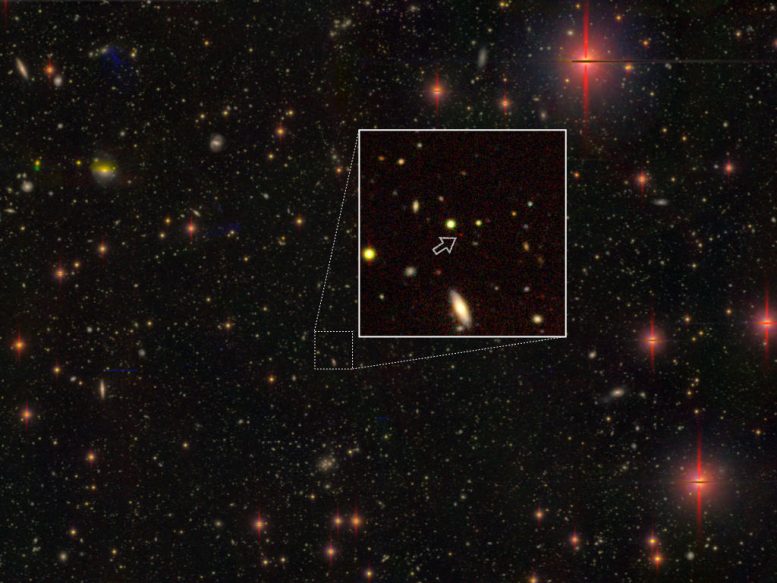
An example of the night-sky photograph we took with the Subaru Telescope. The tiny red dot at the center of the magnified image represents the light from a distant quasar, which existed when the universe was 800 million years old (13 billion light-years away). Credit: National Astronomical Observatory of Japan
Is it possible for a black hole to acquire such a large mass (exceeding a million solar masses and sometimes reaching billions of solar masses) in such a short time? If so, what are the underlying physical mechanisms and conditions? To close in on the origin of SMBHs, one needs to observe them and compare their properties with predictions from theoretical models. To do this, one first needs to locate where they are in the sky.
The research team used the Subaru Telescope at the top of Maunakea, Hawaii, for the present study. One of the biggest advantages of Subaru is its widefield observing capability, which is particularly suited for this purpose.
Since SMBHs do not emit light, the team looked for a special class called “quasars” – SMBHs with shining outskirts where the infalling material releases gravitational energy. They observed a wide sky area equivalent to 5000 times the full moon and successfully discovered 162 quasars residing in the early universe. In particular, 22 of these quasars existed in the era when the universe was less than 800 million years old – the most ancient period in which quasars have been recognized to date.
The large number of quasars discovered has allowed them to determine the most fundamental measure called the “luminosity function,” which describes the space density of quasars as a function of radiation energy. They found that quasars were forming very rapidly in the early universe, while the overall shape of the luminosity function (except for the amplitude) remained unchanged over time.
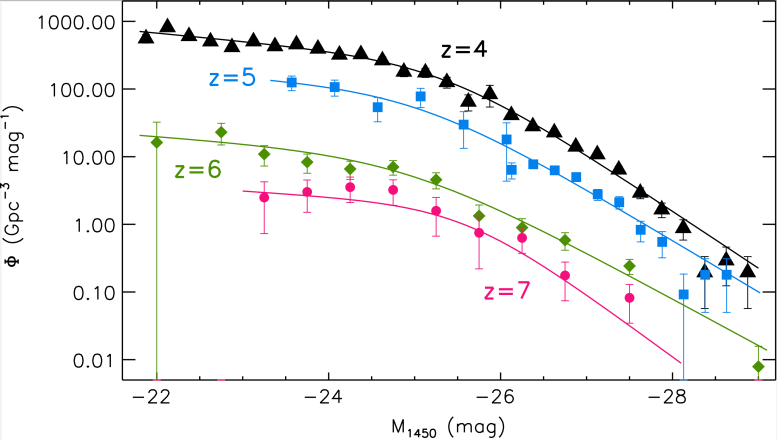
Luminosity function describes the space density (Φ on the vertical axis) as a function of radiation energy (M1450 on the horizontal axis). We plot the luminosity functions of quasars observed when the age of the universe was 0.8 (red dots), 0.9 (green diamonds), 1.2 (blue squares), and 1.5 (black triangles) billion years. The curves represent the best-fit functional forms. The space density of quasars rose steeply over time, while the shape of the luminosity function remains almost unchanged. Credit: The Astrophysical Journal Letters, 949, L42, 2023
This characteristic behavior of the luminosity function provides strong constraints on theoretical models, which could ultimately reproduce all the observables and describe the origin of SMBHs.
On the other hand, the universe was known to have experienced a major phase transition called “cosmic reionization” in its early stage. Past observations suggest that the whole intergalactic space was ionized in this event. The source of the ionization energy is still under debate, with radiation from quasars being considered as a promising candidate.
By integrating the above luminosity function, we found that quasars emit 1028 photons per second in a unit volume of 1 light-year on a side in the early universe. This is less than 1% of the photons needed to maintain the ionized state of the intergalactic space at that time and thus indicates that quasars made only a minor contribution to cosmic reionization. Other energy sources are critically needed, which, according to other recent observations, may be the integrated radiation from massive hot stars in forming galaxies.
Reference: “Quasar Luminosity Function at z = 7” by Yoshiki Matsuoka, Masafusa Onoue, Kazushi Iwasawa, Michael A. Strauss, Nobunari Kashikawa, Takuma Izumi, Tohru Nagao, Masatoshi Imanishi, Masayuki Akiyama, John D. Silverman, Naoko Asami, James Bosch, Hisanori Furusawa, Tomotsugu Goto, James E. Gunn, Yuichi Harikane, Hiroyuki Ikeda, Kohei Inayoshi, Rikako Ishimoto, Toshihiro Kawaguchi, Satoshi Kikuta, Kotaro Kohno, Yutaka Komiyama, Chien-Hsiu Lee, Robert H. Lupton, Takeo Minezaki, Satoshi Miyazaki, Hitoshi Murayama, Atsushi J. Nishizawa, Masamune Oguri, Yoshiaki Ono, Taira Oogi, Masami Ouchi, Paul A. Price, Hiroaki Sameshima, Naoshi Sugiyama, Philip J. Tait, Masahiro Takada, Ayumi Takahashi, Tadafumi Takata, Masayuki Tanaka, Yoshiki Toba, Shiang-Yu Wang and Takuji Yamashita, 6 June 2023, The Astrophysical Journal Letters.
DOI: 10.3847/2041-8213/acd69f
The study was funded by the Japan Society for the Promotion of Science, the Mitsubishi Foundation, and the National Natural Science Foundation of China.

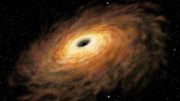
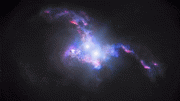
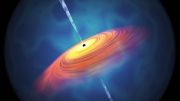
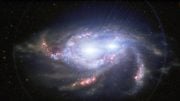
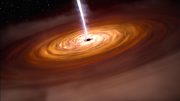
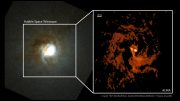
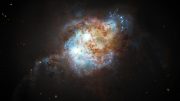
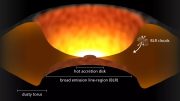
If dark matter phase transitions then as the universe cooled it would all collapse/condense at virtually the same time. This would result in a huge amount of inward spiralling mass/momentum. These would also be the deepest gravity wells in the history of the universe. As soon as stars and quasars formed the dark matter would begin to vaporize supplying the reionization energy. The concentration of gaseous to liquid dark matter would have been dropping since.
If dark matter phase transitions then as the universe cooled it would all collapse/condense at virtually the same time. This would result in a huge amount of inward spiralling mass/momentum. These would also be the deepest gravity wells in the history of the universe. As soon as stars and quasars formed the dark matter would begin to vaporize supplying the reionization energy that the article said is currently unexplained. The concentration of gaseous to liquid dark matter would have been dropping since.